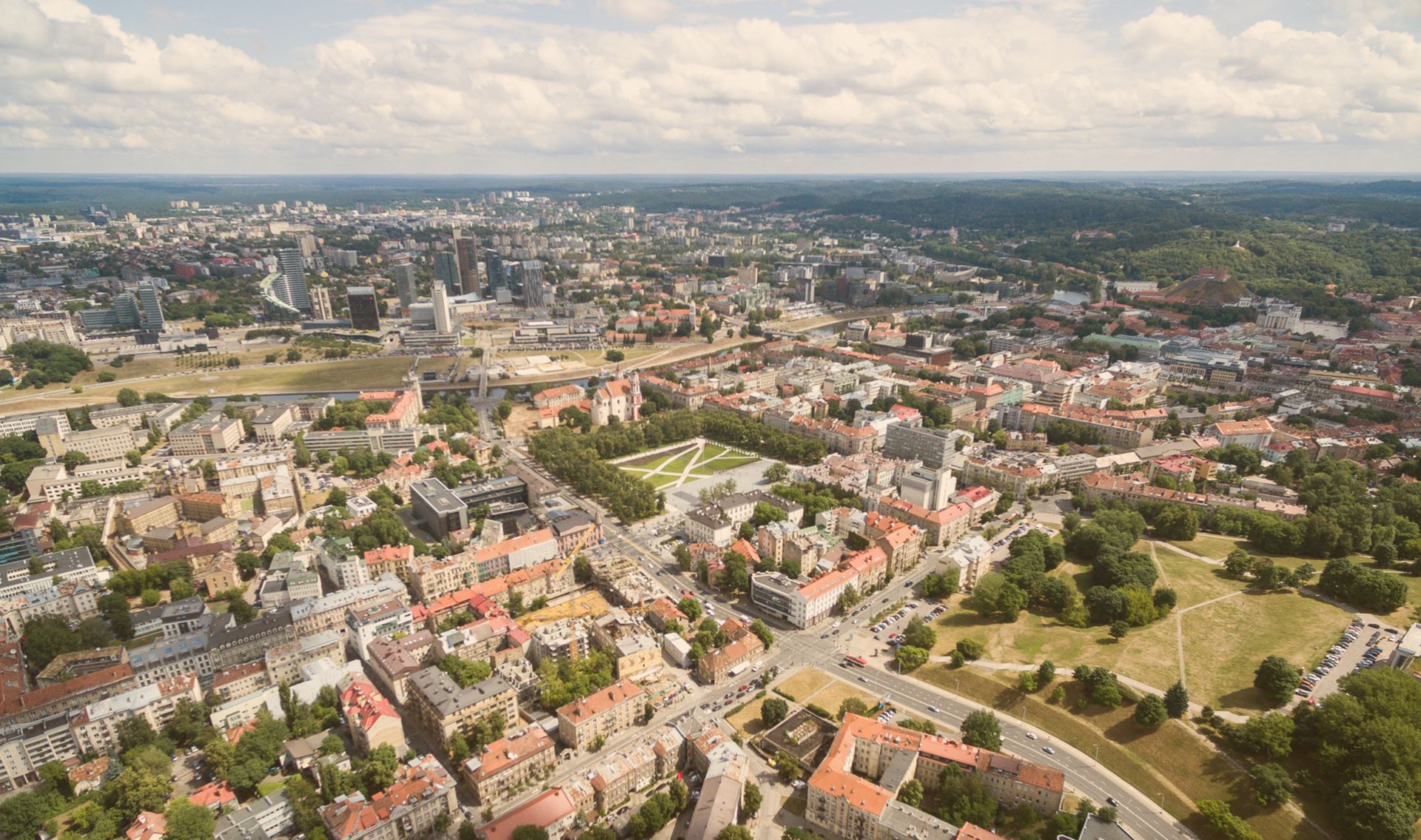General Information
Select services

A city of new opportunities and inspiration. Modern and forward-looking capital, though full of traces and signs of history. And all of this is Vilnius. Life here is constantly accompanied by the stories linking the past of the place and its present as well as full of opportunities to continue them.
The part of Vilnius located between Neris, Tauras Hill and Lukiškės was always unique. It is a place of the beginning of the expansion and growth of Vilnius. The territory that was once a suburb of the capital now became the place of the centre of Vilnius inherent to the urban landscape. It’s namely here that the capital opens up the panoramas of its stories to the residents of the houses of “Matau Vilnių”.